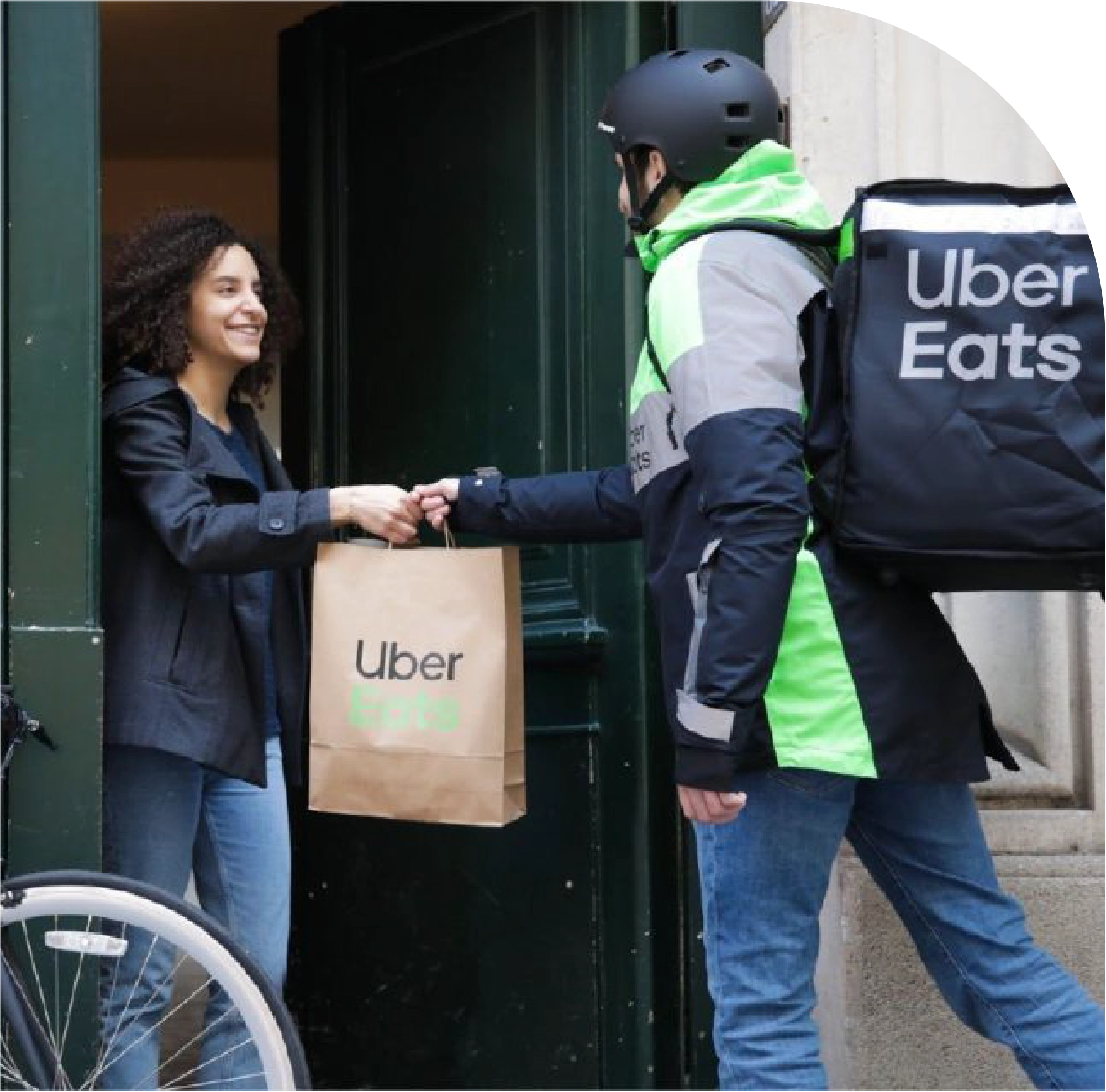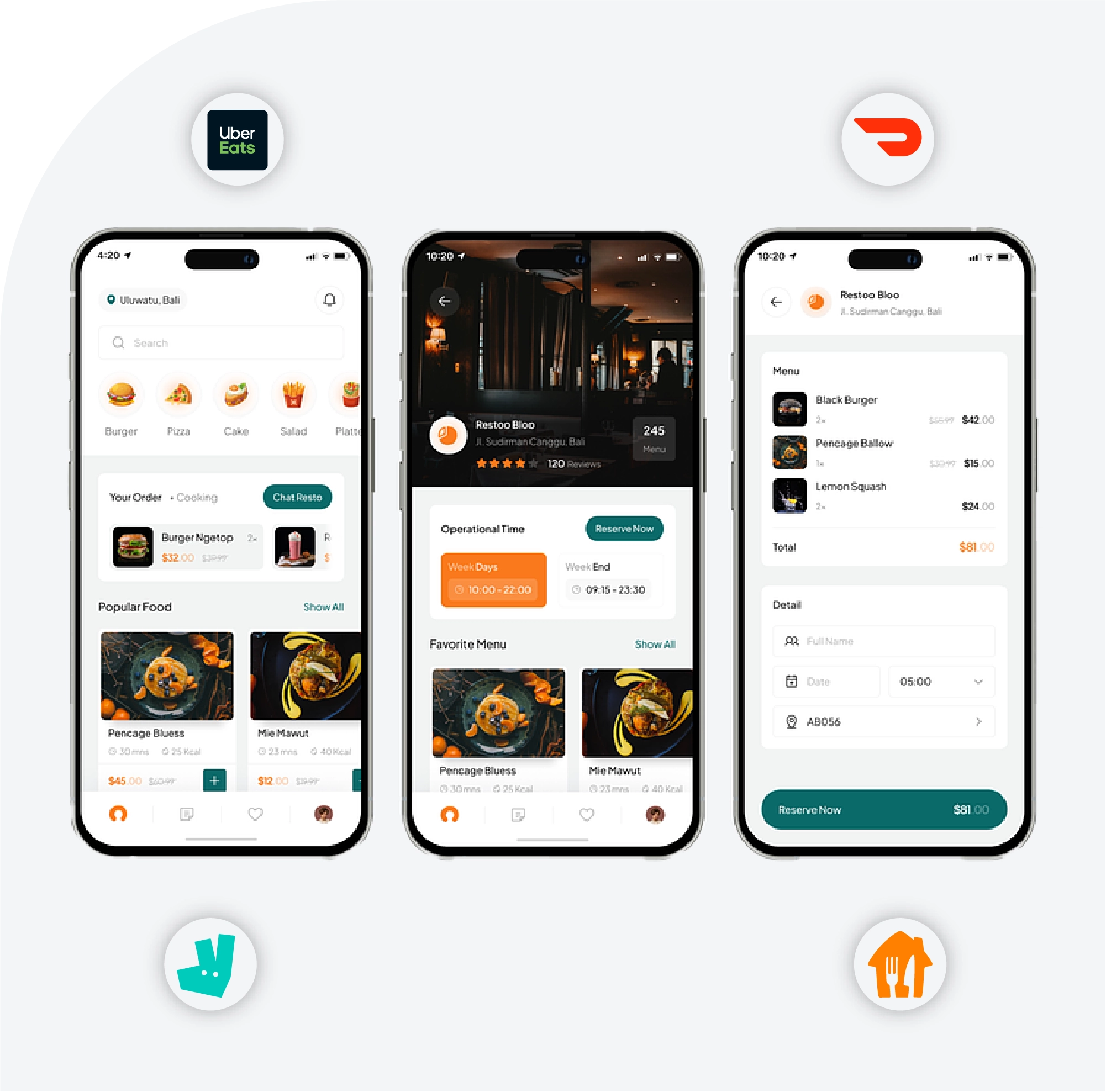Uber Eats provides efficient and reliable food delivery services, leaning on the parent company's extensive ride-sharing network to drive forward a leading force in the online food delivery sector. This report provides an overview of the following: market position and operational strategy of Uber Eats, user demographics, competitive landscape, financial performance, and outlook for the future. Since its launch in August 2014, Uber Eats has paired consumers with local restaurants through an easy-to-use app and now operates in over 6,000 cities across 45 countries using the robust infrastructure and technology of Uber. By applying these methods for Uber Eats food delivery data scraping, firms can get multiple valuable insights from the Uber Eats Food Delivery Dataset related to trends, customer preferences, and operational metrics. This is key information in understanding the market dynamics, optimizing strategies, and making decisions within the competitive environment of food delivery.
Market Overview
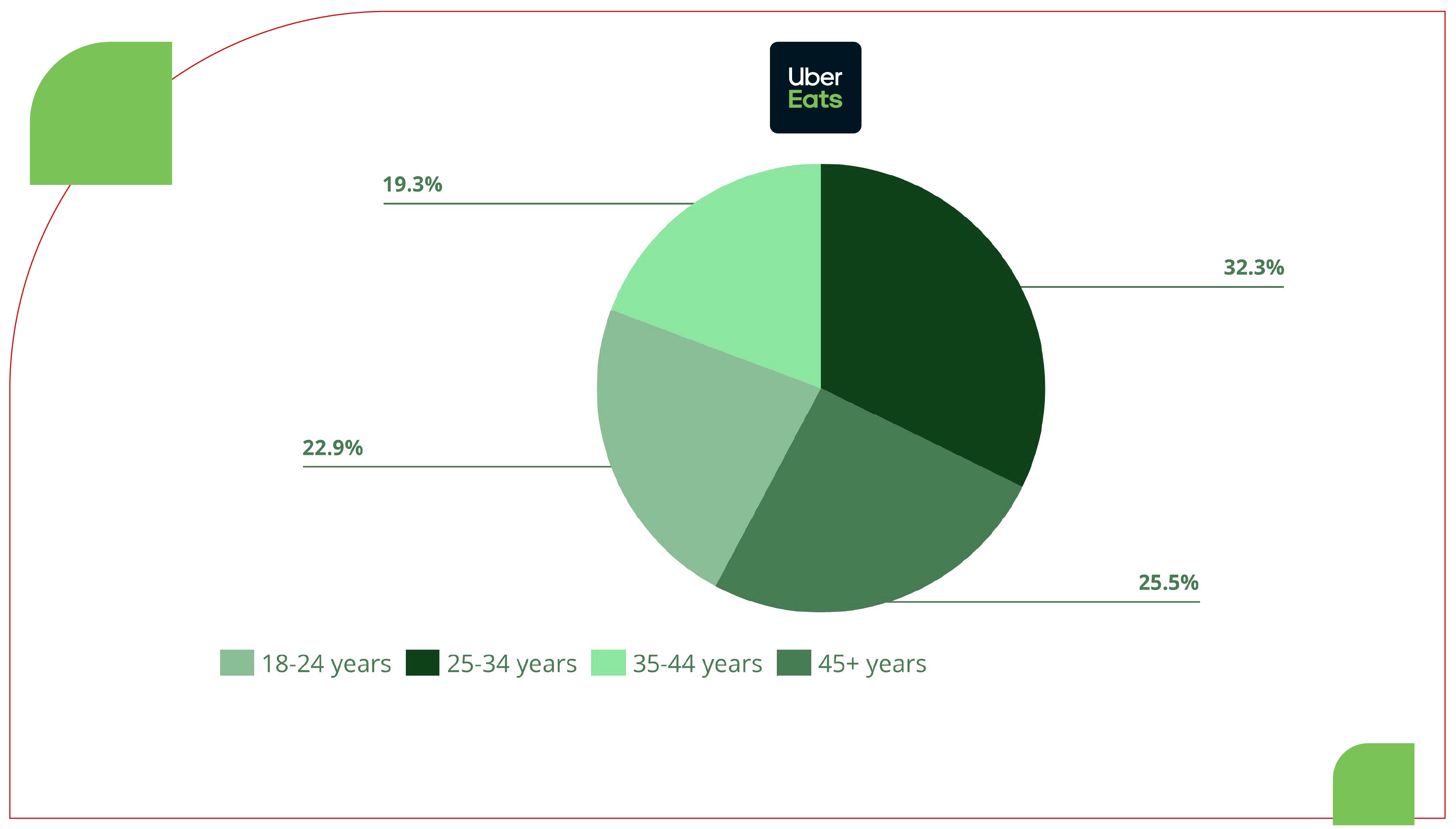
Industry Growth: The online food delivery industry across the globe has grown at a fast pace, mainly driven by high smartphone usage, urbanization, and shifting consumer preferences towards convenience. This alone is expected to grow to $220 billion by 2025 at a compound annual growth rate of 11.5% from 2020. As the market continues to grow, so does the dependency of businesses on Uber Eats Restaurant Data Scraping in order to gain insight regarding restaurant performance, customer preferences, and trends. An Uber Eats food delivery scraping API service would enable a firm to extract data in real-time and make very strategically critical decisions. The businesses would sustain competitiveness in this competitive environment through the tailoring of their offerings, operational efficiency, and adjusting the strategies to meet the changing consumer needs. This growth of the market exemplifies advanced methods of data scraping, which are capable of getting into untapped opportunities and enhancing business performance.
Market Share: Uber Eats is one player in the global online food delivery market that ranks among the biggest; others are DoorDash, Grubhub, and Deliveroo. This large market would, therefore, show the dominance of Uber Eats in the sector.
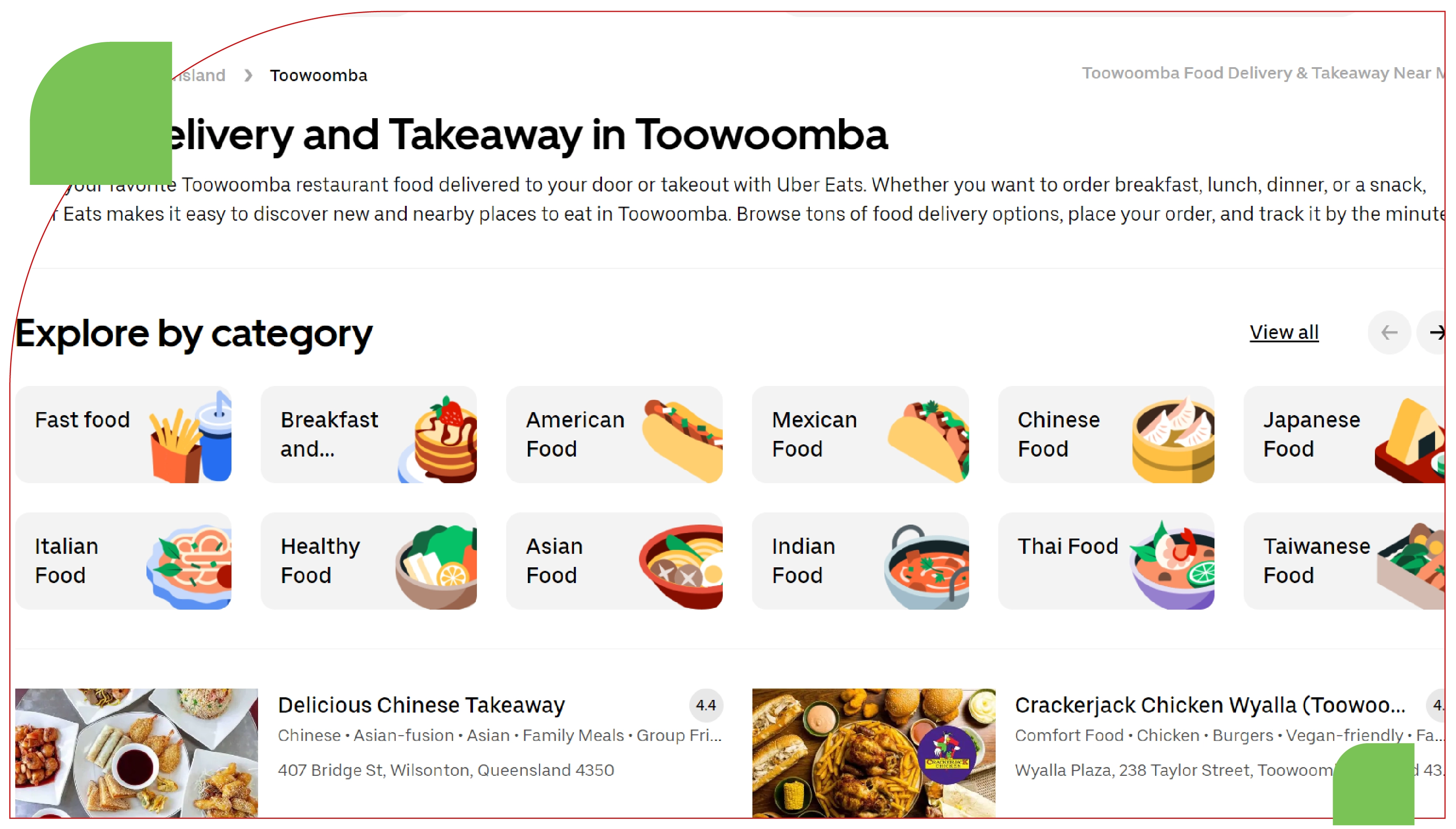
Therefore, modern businesses have to increasingly implement techniques of Food Delivery App Data Scraping for competitive survival optimization with important insights from websites such as Uber Eats. With Food Delivery Data Scraping Services, companies can access real-time data on market trends, customer preferences, and restaurant performances. This information will be quite critical in making necessary modifications to all associated proposed business strategies to ensure improved operational efficiency and remain at the forefront of the rapidly evolving market.
Operational Strategy
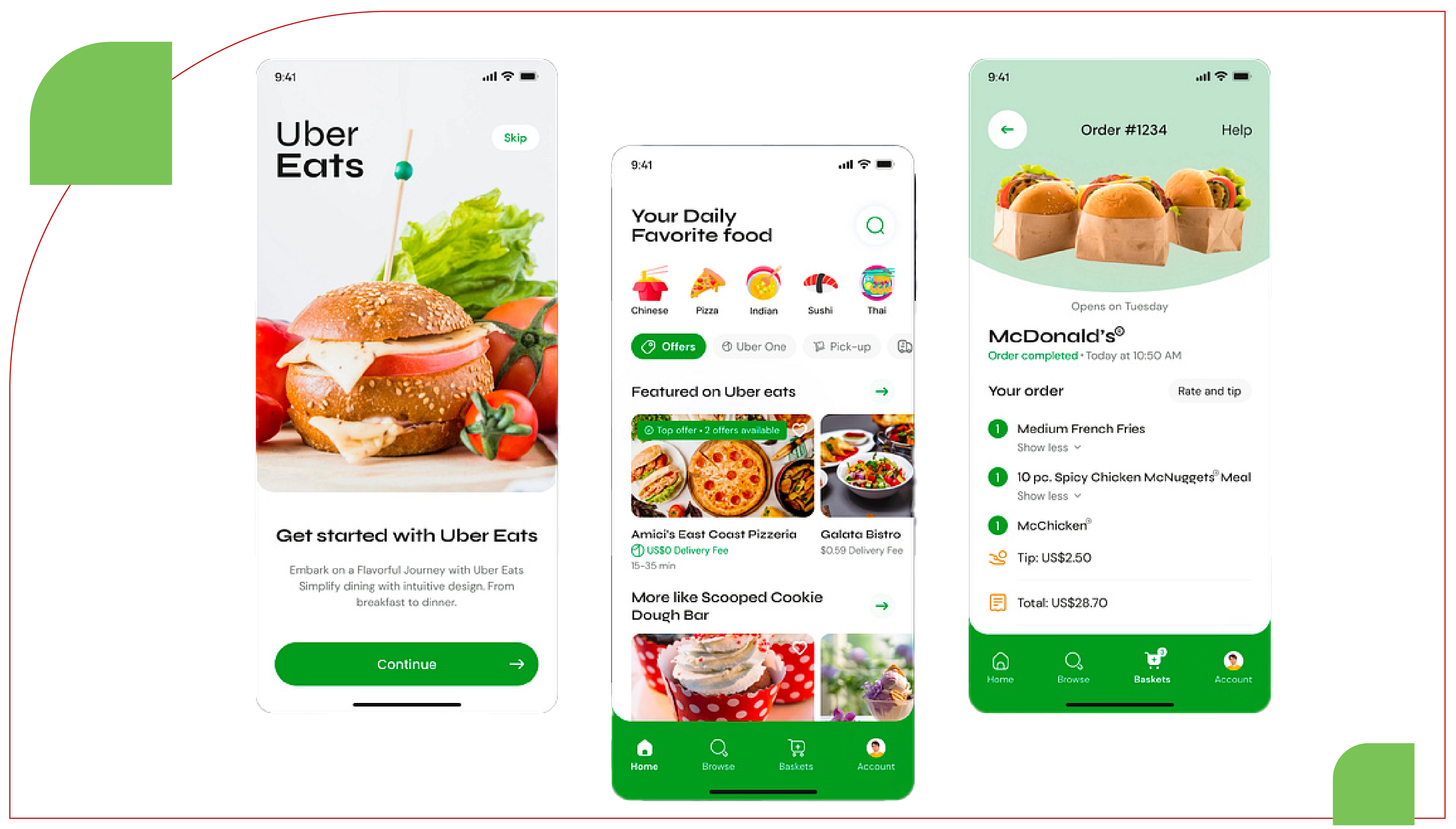
Business Model: Uber Eats operates under a commission-based business model, charging restaurants certain percentages of fees against orders processed. Second, it charges delivery fees to customers and offers premium subscription services like Uber Eats Pass for repeated use by customers to enjoy privileges such as free delivery and discounts. To gain insights into pricing and menu trends, businesses increasingly use Uber Eats Data Scraping Services. By leveraging Restaurant Menu Data Scraping, companies can analyze detailed information about restaurant offerings, pricing structures, and promotional strategies, enabling them to make informed decisions and stay competitive in the dynamic food delivery market.
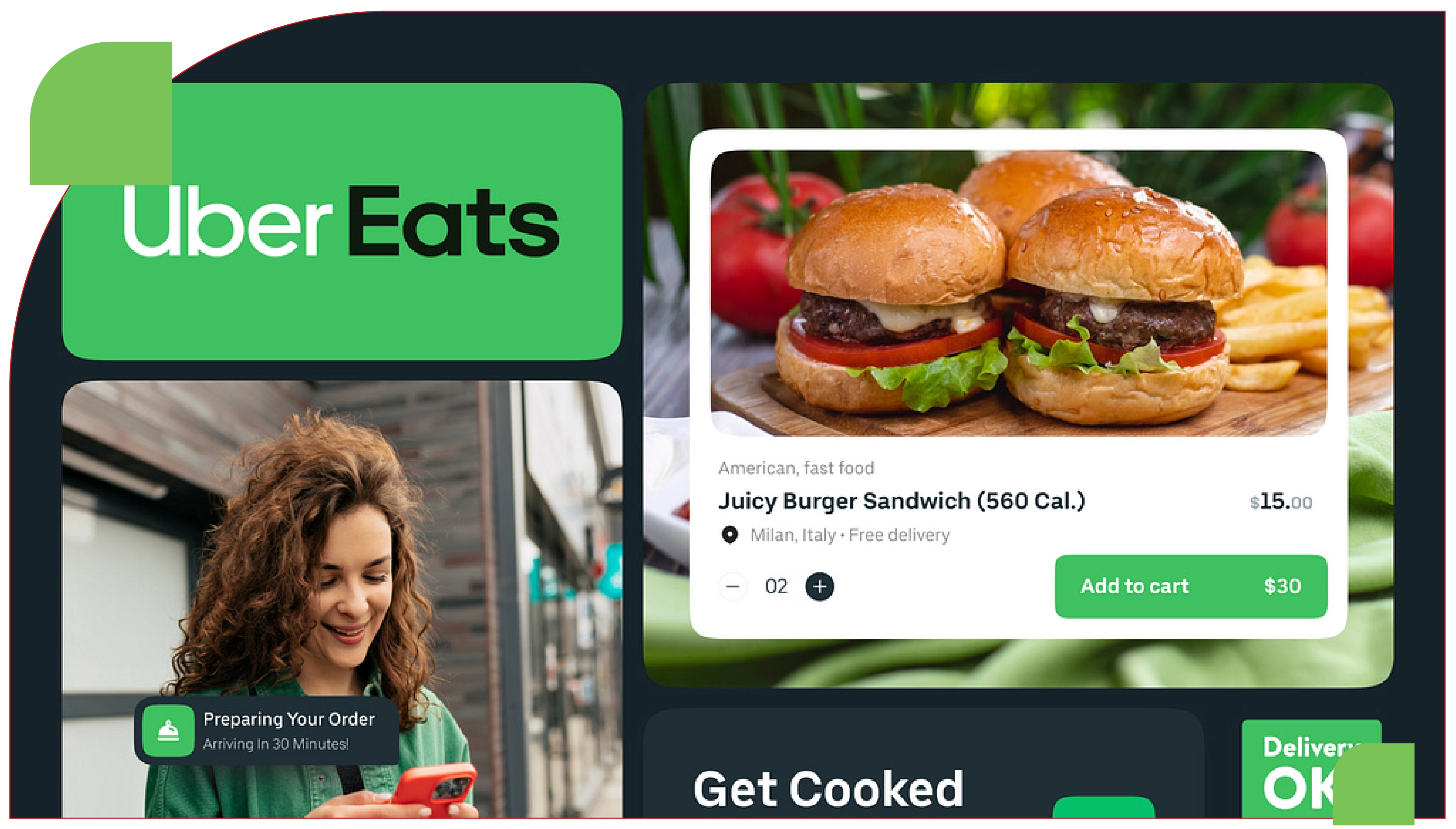
Technology and Innovation: Uber Eats integrates the latest technologies in Artificial Intelligence and Machine Learning to help optimize its operations. AI-driven algorithms optimize delivery routes, hence improving efficiency and reducing delivery times. Machine learning is applied in demand forecasting, anticipating peak hours and tastes of customers to assist in resource management. Its intuitive app interface and real-time location features go a long way in ensuring great customer experience through real-time delivery updates and customized restaurant recommendations. Moreover, scrape food delivery data from Uber Eats to make out operational metrics and customer behavior for strategic decision making.
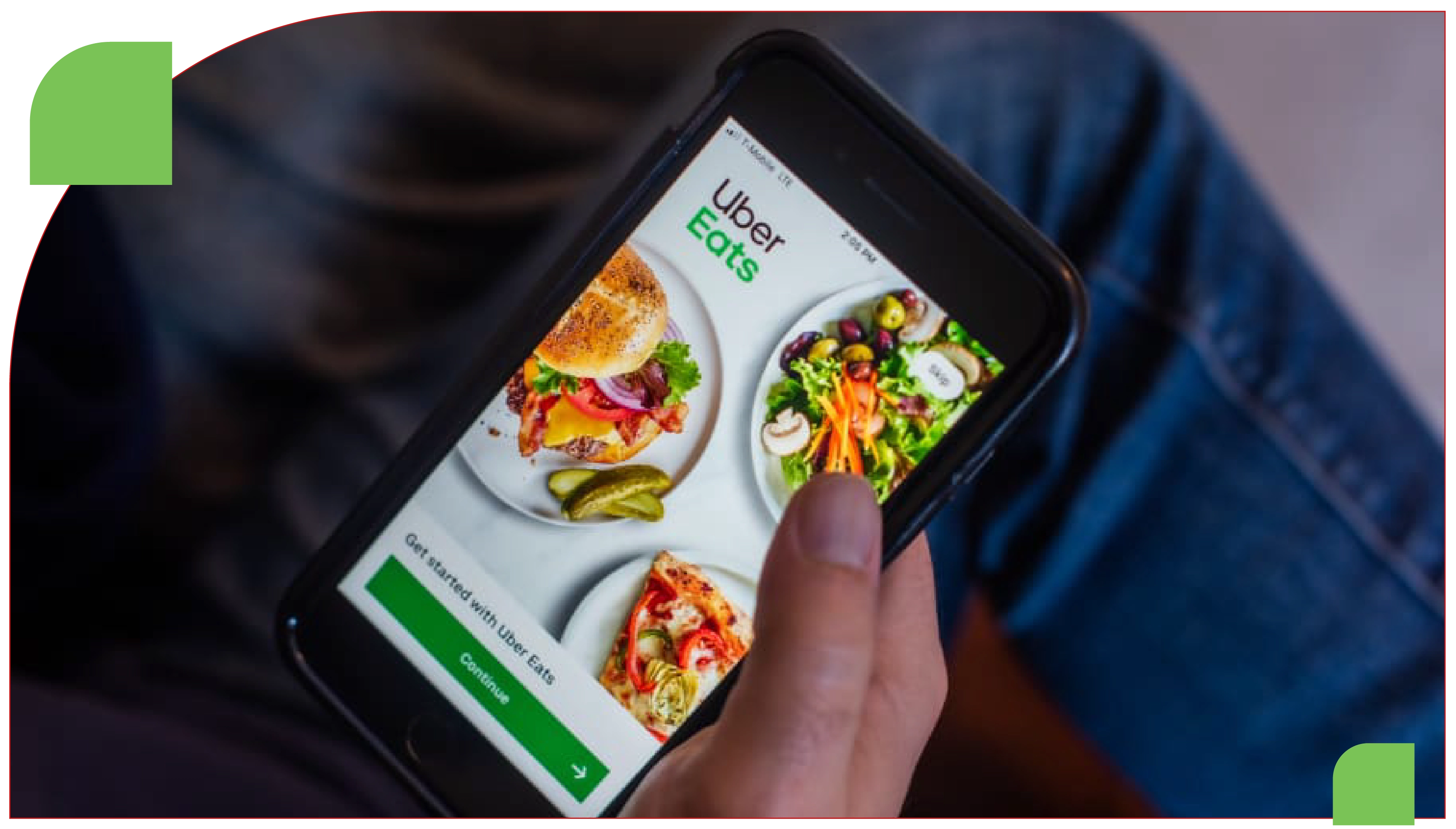
Delivery Network: Uber Eats utilizes a large network of delivery partners who use their own vehicles to transport food from restaurants to customers. This model benefits from Uber’s established ride-sharing infrastructure, enabling efficient scaling and operational synergy. By leveraging this network, Uber Eats can swiftly adapt to changes in demand and optimize delivery logistics. Moreover, businesses can scrape Uber Eats API data to monitor and analyze delivery performance, allowing them to enhance their own operations and stay competitive in the food delivery market.
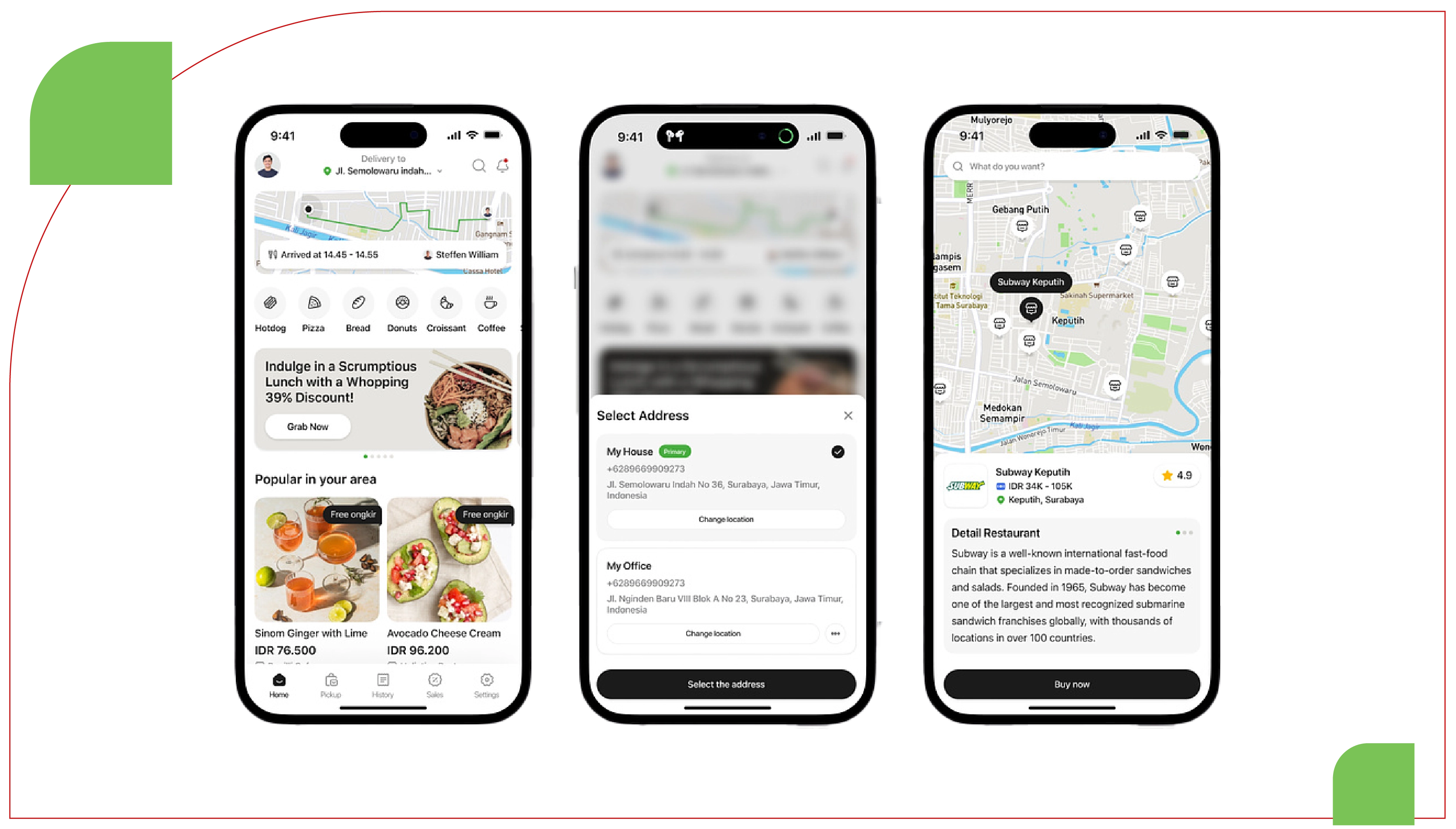
Business Model: In this model, Uber Eats charges a commission or a percentage amount of every order processed through its platform to restaurants. In addition, it charges delivery fees to customers and offers premium subscription services like Uber Eats Pass for extra perks such as free delivery and discounts. The business is increasingly utilizing Uber Eats Data Scraping Services to get pricing and menu trend insights. Restaurant Menu Data Scraping enables companies to scrape detailed data regarding restaurants' offerings, their pricing structures, and promotional strategies. This helps the companies make decisions that would render them more competitive in the rapidly changing food delivery market.
Technology and Innovation: The incorporation of the latest technologies—like AI and machine learning—goes into Uber Eats in order to boost operations. AI-driven algorithms that are efficient and reduce delivery time optimize delivery routes. It involves demand forecasting, peak time prediction, and customer preference by machine learning to allocate resources properly. The intuitive interface and real-time tracking features inside the app further enhance the user experience with accurate delivery updates and personalized restaurant recommendations. Scrape food delivery data from Uber Eats to gain valuable insights about operational metrics and customer behavior—very useful information when making strategic decisions.
Delivery Network: Through a vast network of delivery partners, Uber Eats contracts with individuals who use their own cars to drive food from restaurants to customers. In doing so, this model borrows from the base infrastructure of Uber's ride-sharing base, driving efficiencies in scaling and operational synergies. This network better places Uber Eats to manage changes in demand and optimize the logistics of delivery. Moreover, scrape Uber Eats API data to track and analyze delivery performance, which would make improvements in one's own business operation rather beneficial to sustain competitiveness in the food delivery market.
Key Competitors
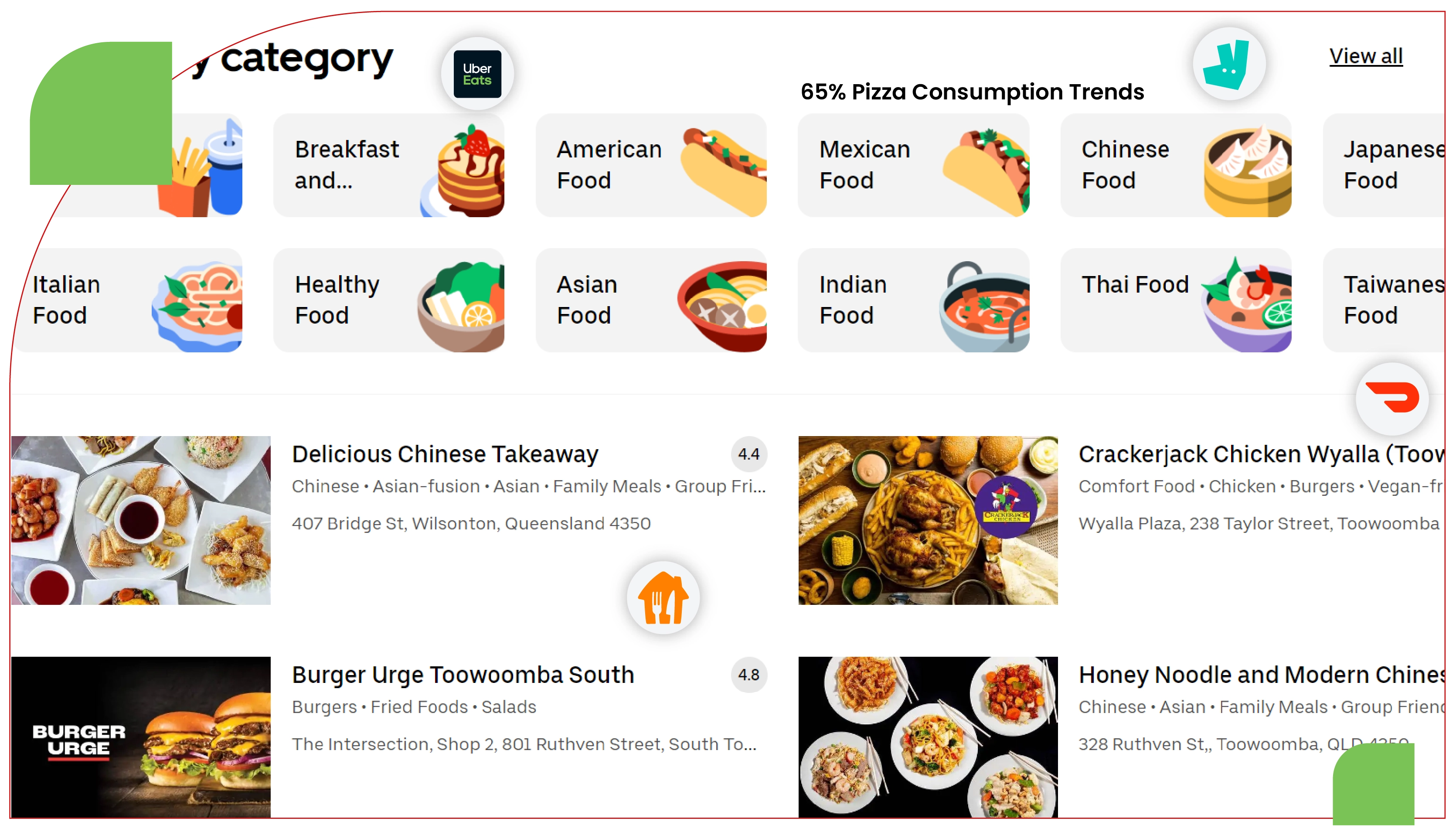
Doordash: It is one of the big competitors in the United States and has huge restaurant affiliations and is very aggressive in their expansion.
Grubhub: A big player, present in magnitude in the U.S. and U.K.; lots of emphasis on restaurant partnerships and customer retention.
Deliveroo: It operates in Europe and Asia, serving as its significant marketplaces, with the provisions of fast delivery service and premium restaurant food.
Competitive advantage: It is integrated with the Uber ride-sharing network, which means it gains a benefit from the well-developed delivery logistic systems in place, further benefiting from a greater number of users. As an illustration, the capacity presented in Uber Eats food delivery data scraping points out the better position of the user and leads to insights being generated for competitor performance and market trends. In addition, the ability to extract Uber Eats food delivery data ensures operational strategies are optimized and service efficiency is achieved to secure competitive advantage in the food delivery industry.
Financial Performance
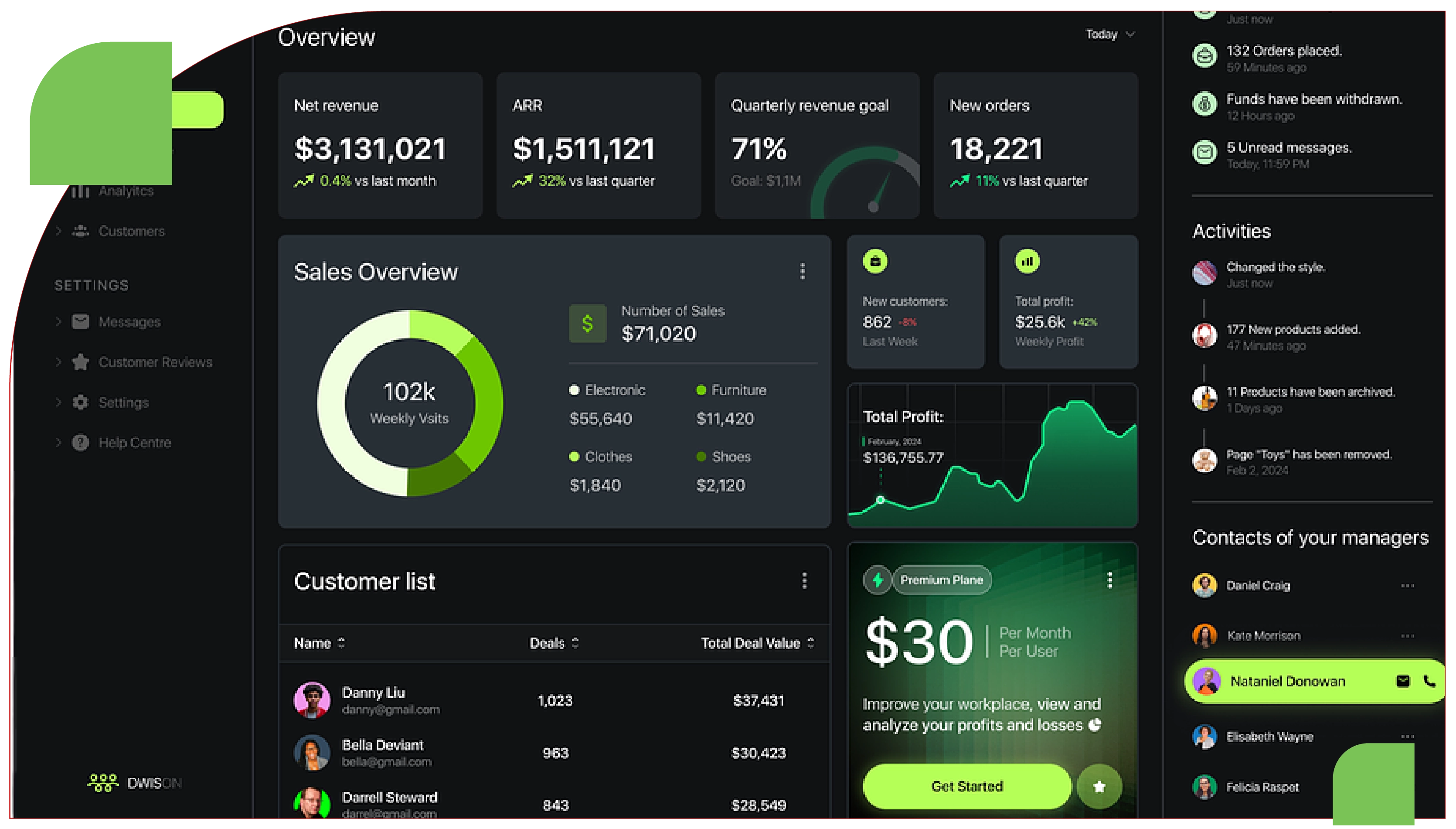
Revenue and Profitability: Uber Eats, in 2023, posted revenues of approximately $10 billion, driven by a significant increase in the number of orders and the rise in their average value. Hence, this colossal growth demonstrates a leading market position and customer acquisition with retention. However, profitability is challenging to achieve with the high operational expenses and intense competition in food delivery. The company has to withstand pricing pressure and bear considerable expenses on technology, logistics, customer service, among others. These factors have still been impinging on the profit margins of Uber Eats and call for strategic adjustments to improve financial performance.
Investment and Growth: Such a steep growth trajectory has been supported by aggressive investments in technology and market expansion by Uber Eats. Recent investments have gone into upgrading delivery infrastructure, incorporating advanced AI technologies for improving operational efficiency, and market expansion in new geographies. All of these initiatives are oriented toward increasing the capabilities of the platform and its customer base. The food delivery dataset would help extract insights on market trends and consumer behavior, refine strategies, and drive data-driven decisions for Uber Eats. This will further help them grow by being competitive in the fast-moving food delivery industry.
Future Prospects

Market Expansion: Uber Eats is focusing on thoughtful market expansion in emerging markets while strengthening the network of restaurant partners. This will pay dividends in terms of better delivery efficiency and improve the user experience all around. Geographically targeting new regions and forming more restaurant partnerships, Uber Eats would be better placed to capture a larger market share and serve many more customers.
Technological Advancements: In the future, advanced technologies will drive Uber Eats. This includes increasing the usage of AI for predictive analytics in optimizing demand forecasting and route optimization. Following this will be autonomous vehicles for delivery, which further smoothen logistics and cut down on operational costs. The integration with the broader Uber ecosystem shall also be expanded to create synergies across various services offered by it, hugely enhancing efficiency in general.
Sustainability Initiatives: Coupled with the rising environment concern is Uber Eats' focus on sustainability through many of its forefront initiatives. That includes capital infusion into eco-friendly packaging solutions and energy-efficient delivery ways to bring down the impact on the environment. These efforts support global sustainability goals and reflect Uber Eats' commitment to ensuring environmental sustainability practices while assuring consumers of greener operations.
Conclusion: With its robust technological infrastructure and large network of drivers at its command, Uber Eats seems to stay ahead in the online food delivery segment. While competition has been fierce, with major challenges to profitability, strategic investments and an innovative approach should keep this firm growing and leading the market.
Are you in need of high-class scraping services? Food Data Scrape should be your first point of call. We are undoubtedly the best in food data aggregation and mobile restaurant application scraping, and we render impeccable data analysis for strategic decision-making. With a legacy of excellence as our backbone, we help companies become data-driven, fueling their development. Please take advantage of our tailored solutions that will add value to your business. Contact us today to unlock the value of your data.

















































































